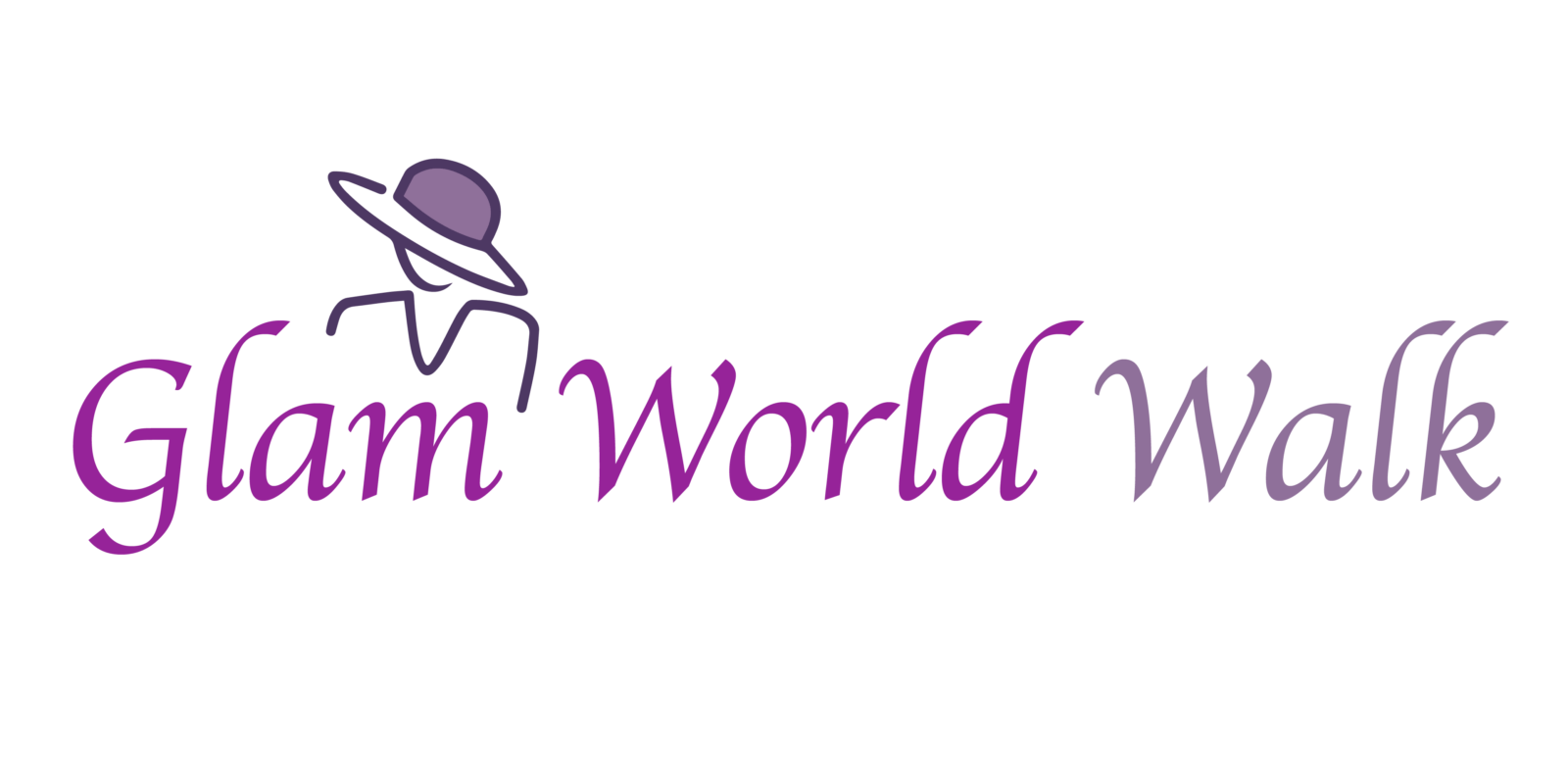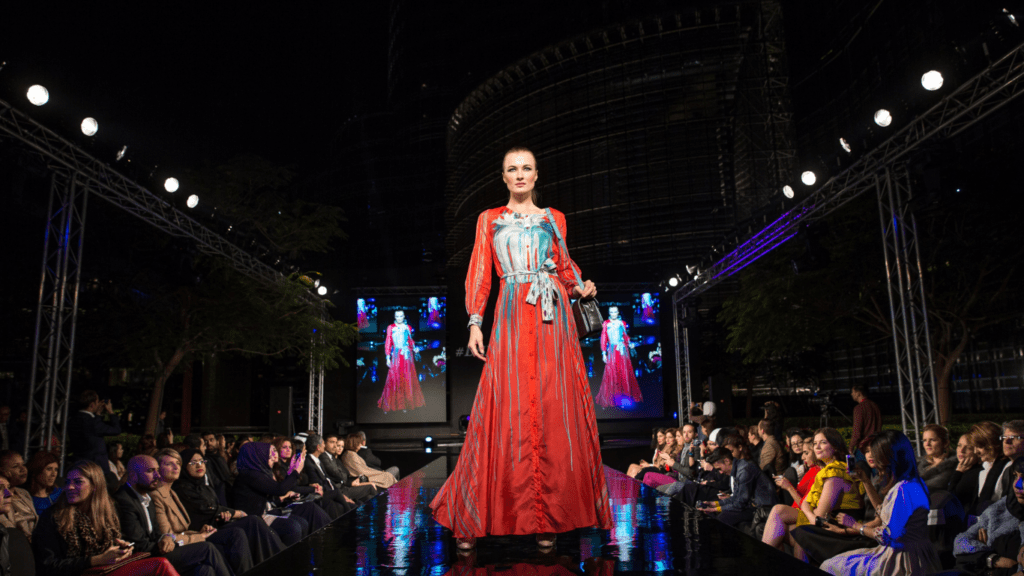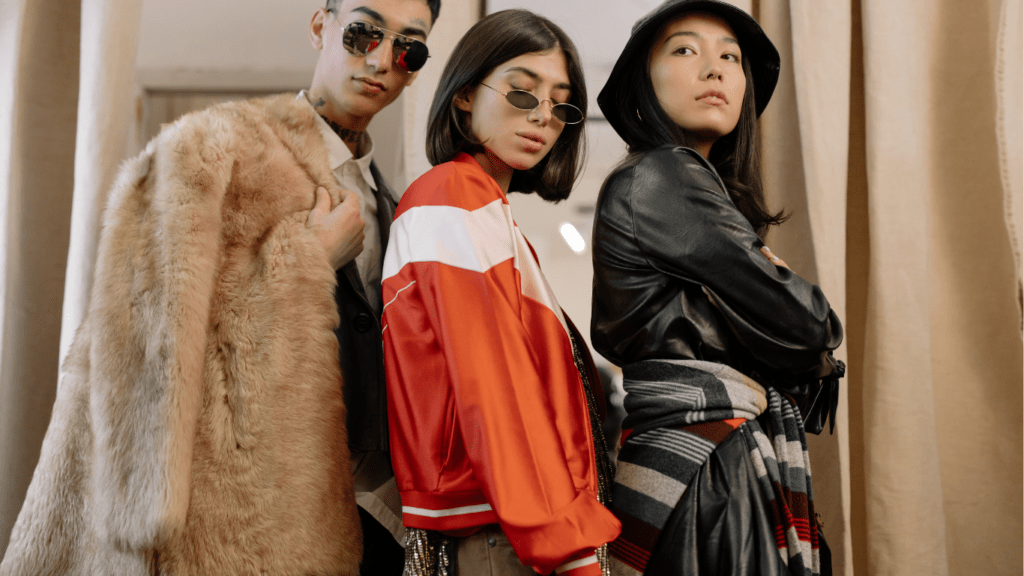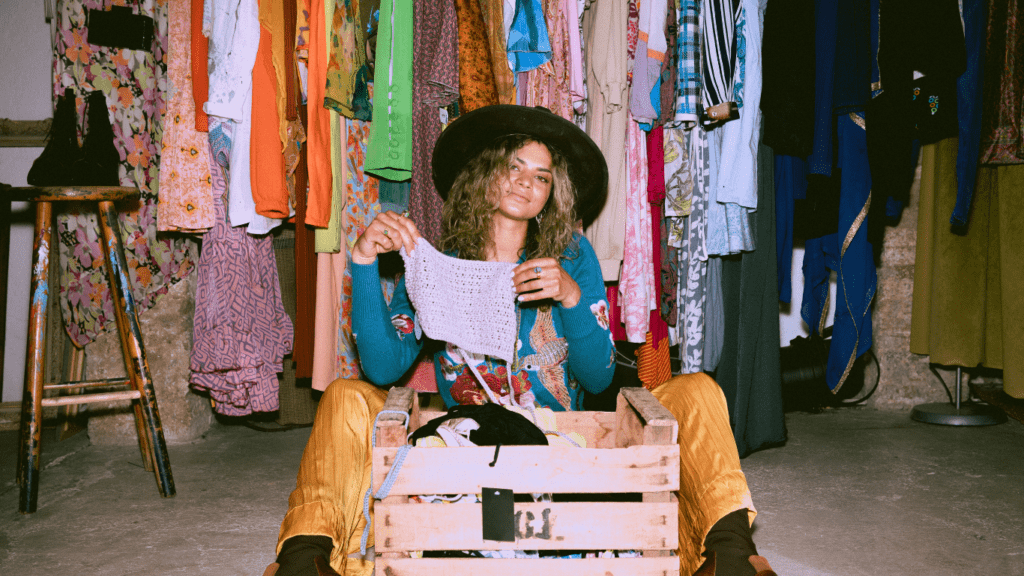What Is Diversity and Inclusion in Fashion?
Diversity and inclusion in fashion refer to the practice of acknowledging and valuing variations in race, ethnicity, gender, body type, age, disability, and other attributes within the industry. It emphasizes representation in all aspects of fashion, from models on runways to executive positions in fashion houses. By ensuring these elements are present, the industry caters to a broader audience, reflecting societal changes and demands.
Incorporating diversity means showcasing a variety of body types, skin tones, and cultural backgrounds in advertising and design. For example, brands like Savage X Fenty and Chromat have been pioneers in promoting body positivity and racial diversity in their campaigns. Inclusion goes beyond mere representation; it involves creating an environment where everyone feels respected and valued. This is evident in brands that offer adaptive clothing lines, such as Tommy Hilfiger’s adaptive collections designed for people with disabilities.
Leaders in the industry adopt these principles not just in their marketing but in their workplace culture as well. Companies like Gucci and Burberry have implemented diversity committees to ensure inclusive practices are maintained throughout their operations. These efforts not only address social responsibility but also enhance creativity and innovation by bringing in varied perspectives.
In practice, diversity and inclusion mean more than just meeting quotas or following trends. It involves a genuine commitment to equity and representation, aiming to create a fashion landscape where everyone can see themselves reflected.
The Current State of Diversity in Fashion
Diversity in fashion is evolving, but challenges remain. Representation in media and leadership is necessary for true inclusivity.
Representation in Runways and Advertising
Runway shows and advertising campaigns are increasingly showcasing diverse models. The Fashion Spot’s Fall 2021 report showed that 43% of models were women of color, a notable rise from previous years. Brands like Savage X Fenty and Chromat emphasize body positivity and racial diversity, bringing needed visibility to underrepresented groups. Despite progress, certain issues persist. Plus-size models and models with disabilities rarely appear in premier fashion shows. When featured, these models often face limited opportunities compared to their straight-size, non-disabled counterparts.
Behind-the-Scenes: Designers and Executives
Inclusive representation extends to designers and executives. Only 40% of fashion executives are women, with an even lower percentage for women of color, according to a 2020 McKinsey study. Brands like Gucci and Burberry are responding by forming diversity committees and hiring Chief Diversity Officers. These roles aim to create policies that promote inclusivity and ensure diverse voices shape brand identity and strategy. However, diversity alone isn’t enough. It’s crucial to cultivate environments where everyone, regardless of background, feels valued and empowered to contribute.
Benefits of Embracing Diversity and Inclusion
Embracing diversity and inclusion in the fashion industry brings many benefits. It’s not just a moral imperative; it also yields significant business advantages.
Broader Market Reach
Including diverse models and perspectives in fashion campaigns attracts a wider audience. Brands tapping into various demographics (e.g., different ethnicities and body types) resonate with more consumers. According to a report by McKinsey & Company, companies with higher diversity are 35% more likely to outperform their competitors. For example, brands showcasing plus-size models address the needs of a market segment often overlooked, leading to increased sales.
Enhanced Creativity and Innovation
Diverse teams spark creativity and innovation. When designers collaborate with individuals from various backgrounds, they generate unique ideas. A Forbes study notes that diverse companies are 1.7 times more likely to be innovation leaders. For instance, multicultural teams introduce new fashion trends by blending different cultural aesthetics, resulting in original and captivating designs.
Positive Company Image
A strong commitment to diversity and inclusion boosts a brand’s image. Consumers are more likely to support brands that align with their values on social issues. According to a survey by Accenture, 62% of consumers prefer to purchase from brands that stand for something, such as inclusive initiatives. Companies like Nike have received praise for their inclusive advertising campaigns, reinforcing their reputation as socially responsible leaders in the fashion industry.
Challenges to Achieving Diversity in Fashion

The fashion industry faces significant obstacles in achieving true diversity. Addressing these challenges is essential to create a genuinely inclusive environment.
Systemic Barriers
Systemic barriers exist throughout the fashion industry, hindering efforts to achieve diversity. Many decision-makers, including designers and executives, often come from homogenous backgrounds, resulting in limited perspectives. This lack of varied viewpoints impacts hiring practices, runway casting, and marketing campaigns. Additionally, historical biases in beauty standards perpetuate exclusionary practices. For instance, high-fashion magazines predominantly feature models adhering to Eurocentric ideals, marginalizing those who don’t fit this mold.
Tokenism vs Genuine Inclusion
Distinguishing between tokenism and genuine inclusion is crucial in addressing diversity issues. Tokenism involves superficial representation, such as including a single minority model in a campaign to appear diverse. Genuine inclusion, however, entails integrating diverse voices and bodies at all levels, from boardrooms to photo shoots. Brands practicing tokenism risk backlash and inauthenticity. Conversely, those committing to authentic inclusion foster trust and credibility, leading to lasting consumer loyalty.
Resistance to Change
Resistance to change remains a formidable challenge. Many industry leaders cling to established norms despite the growing demand for diversity. There’s often a reluctance to deviate from familiar practices due to fear of financial loss. However, companies failing to evolve risk alienating a diverse consumer base. Overcoming this resistance necessitates continuous education and demonstrating the tangible benefits of diversity, such as increased market reach and brand loyalty. Only by embracing change can the fashion industry become truly inclusive and forward-thinking.
Successful Examples of Diversity in Fashion
Diversity and inclusion in fashion aren’t just ideals but are actively being brought to life by various brands and individuals. Some have established groundbreaking benchmarks in the industry.
Brands Leading the Way
- Savage X Fenty: Rihanna’s lingerie line, Savage X Fenty, embraces inclusivity by featuring models of different races, sizes, and genders. The brand’s runway shows are notable for their diverse representation, breaking traditional beauty standards and setting a new norm.
- Chromat: Chromat, founded by Becca McCharen-Tran, pushes the boundaries by celebrating all body types, including plus-size and transgender models. The brand prioritizes inclusivity and collaborates with individuals from marginalized communities to create more representative collections.
- ASOS: ASOS, an online retail giant, commits to diversity by showcasing models with various body types, skin tones, and abilities. Their extensive range includes maternity, petite, plus-size, and tall clothing, ensuring all customers feel represented and valued.
- Tommy Hilfiger Adaptive: Tommy Hilfiger Adaptive is a pioneering line designed for people with disabilities. This collection features modifications such as magnetic zippers and adjustable hems, proving that fashion can be both stylish and accessible.
Influential Figures Promoting Inclusivity
- Edward Enninful: As the Editor-in-Chief of British Vogue, Edward Enninful champions diversity in the magazine’s pages. Under his leadership, British Vogue has featured covers with racially diverse models, older women, and individuals from the LGBTQ+ community.
- Ashley Graham: Plus-size model Ashley Graham advocates body positivity and inspires change within the modeling industry. She frequently collaborates with brands to design inclusive fashion lines and uses her platform to raise awareness about the importance of representation.
- Adwoa Aboah: Model and activist Adwoa Aboah founded Gurls Talk, a platform discussing mental health, body image, and race. Her advocacy has had a significant impact on the fashion industry’s approach to intersectionality and inclusivity.
- Jameela Jamil: Actress and activist Jameela Jamil critiques unrealistic beauty standards and promotes body positivity. Through her I Weigh movement, she challenges the fashion industry to embrace authenticity and inclusivity.
By showcasing these successful examples, the fashion industry can continue to transform and evolve into a more inclusive and diverse space.
How to Foster Diversity and Inclusion in the Fashion Industry
To build a more inclusive and diverse fashion industry, specific strategies must be employed across different operational levels.
Implementing Inclusive Hiring Practices
Inclusive hiring starts by expanding the candidate pool. Recruit from diverse communities to ensure varied representation. Use unbiased job descriptions, focusing on skills and experience rather than demographic characteristics. Form diverse hiring panels to minimize unconscious bias during interviews. Provide training for HR and leadership on inclusive practices, ensuring they understand the importance of diversity.
Encouraging Open Dialogue and Employee Feedback
Create safe spaces for open dialogue among employees. Regularly hold forums and meetings where staff can share experiences and suggest improvements. Use anonymous surveys to gather honest feedback on inclusivity and diversity within the workplace. Act on the feedback to demonstrate commitment to creating an inclusive environment. Provide continuous education on diversity topics to keep the dialogue dynamic and informative.
Collaborating with Diverse Communities
Partner with organizations that represent and support minority groups. Collaborate with influencers from various backgrounds to reach a broader audience. Engage in community events and campaigns that promote diversity in fashion. Support emerging designers from underrepresented groups by providing platforms for their work. Such collaborations show a commitment to inclusivity, helping to reshape public perception of the brand.



 Senior Fashion & Beauty Writer
Eric Camp, a seasoned writer and fashion expert, lends his sharp eye for trends and beauty to Glam World Walk. With a background in luxury retail and editorial work, Eric dives deep into the latest runway trends, offering readers insightful takes on the intersection of style and culture. His beauty product reviews and fashion industry analyses make him an indispensable part of the team, keeping readers ahead of the curve on all things chic and stylish.
Senior Fashion & Beauty Writer
Eric Camp, a seasoned writer and fashion expert, lends his sharp eye for trends and beauty to Glam World Walk. With a background in luxury retail and editorial work, Eric dives deep into the latest runway trends, offering readers insightful takes on the intersection of style and culture. His beauty product reviews and fashion industry analyses make him an indispensable part of the team, keeping readers ahead of the curve on all things chic and stylish.
